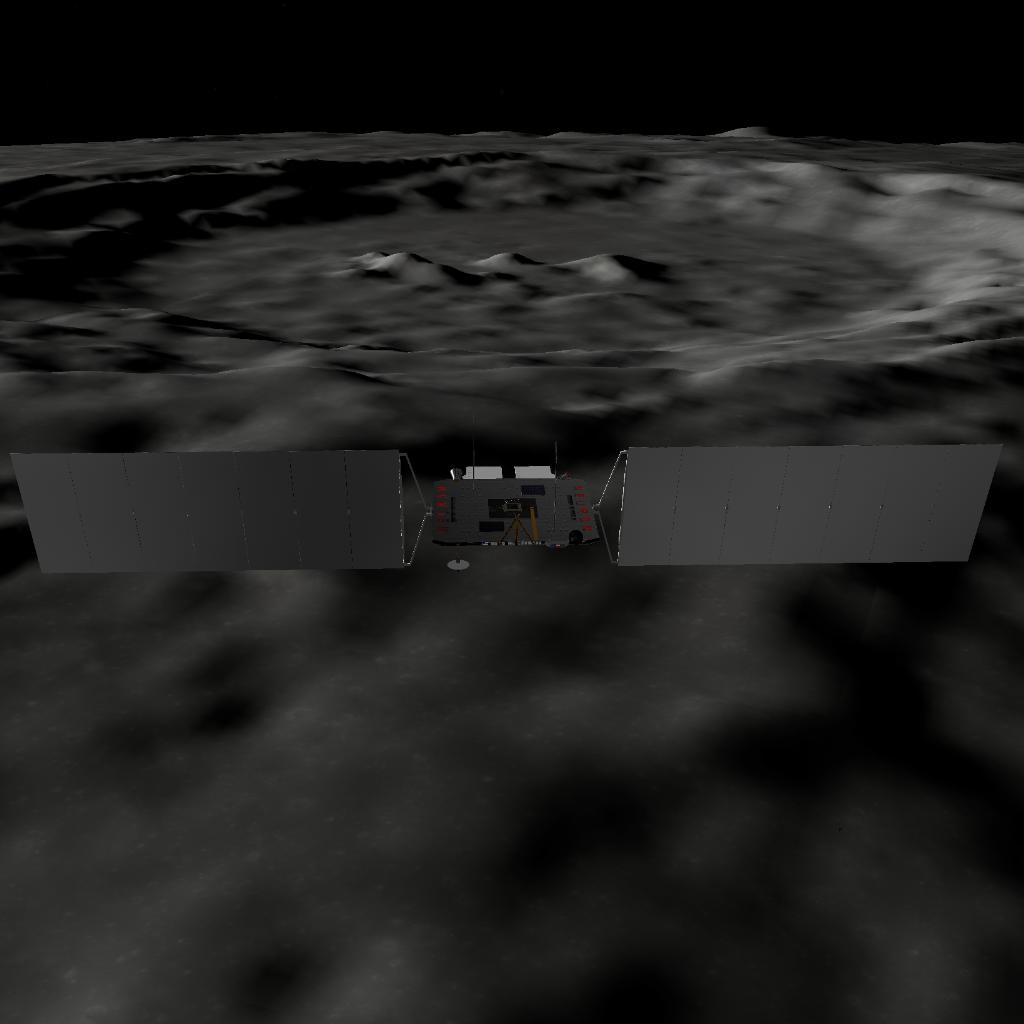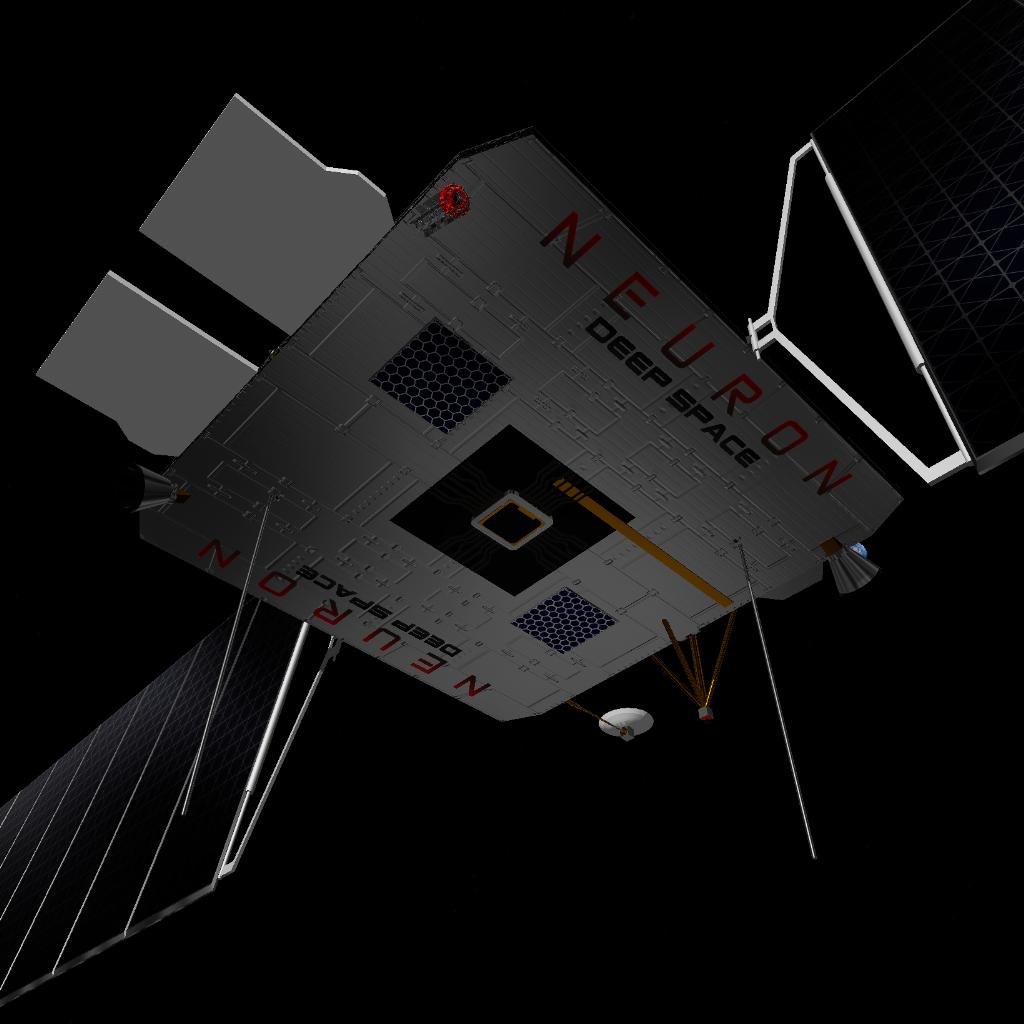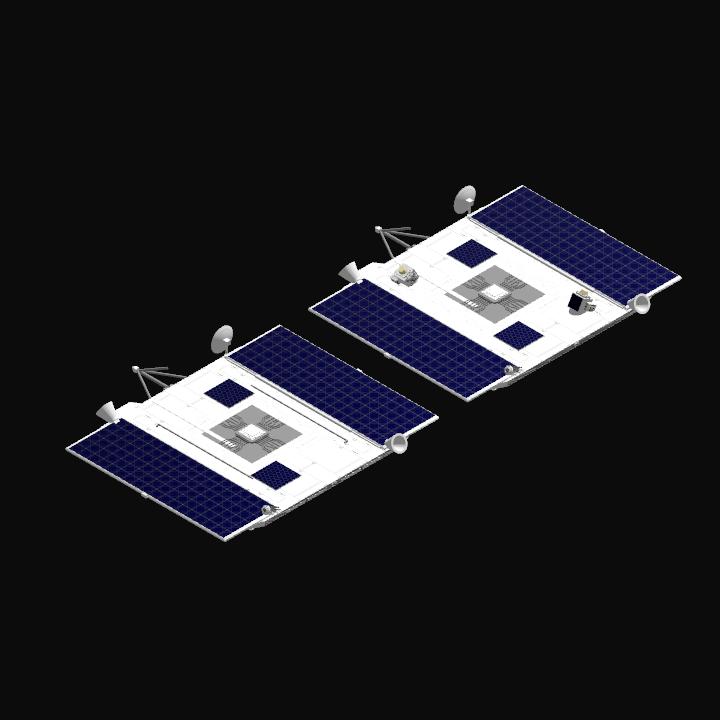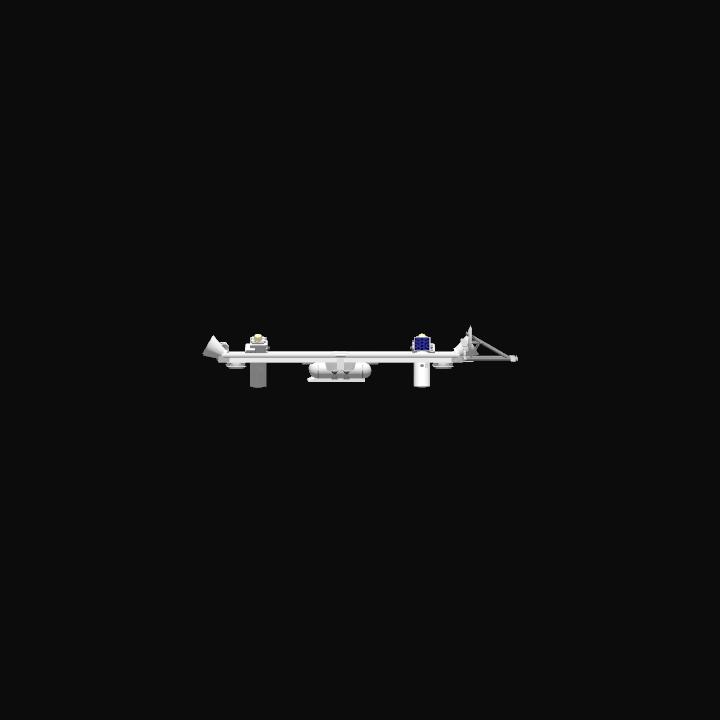Expanding our successful communication technology into deep space
Neuron Deep Space is a modified version of our successful and highly efficient Neuron Internet Constellation Satellite. This version boasts more acute communication systems, an extra large HGA, magnetospheric antennas, larger solar arrays, and even onboard RCS thrusters for small orbital adjustments. Intended to be placed into low polar orbits of The Moon, Mars, and beyond, these satellites enable continues low-latency communication, now across entire solar systems! This technology will massively benefit Phoenix OT-1, our first lunar lander mission(launching NET April 2). The constant communication between the lander and Phoenix Control will allow us to downlink real-time high-quality video during the landing, ensuring that we can accurately determine the success of landing, and get some really good images and data back. Launched by and Eagle 5, these satellites are key to robotic and human exploration of the cosmos.
Orion Technologies announced on March 23 that their first batch of Neuron Deep Space Satellites had reached a Polar Low Lunar Orbit, and all 9 spacecraft are preforming nominally. The modified Neuron Internet Satellites were launched on March 15 from Orion Spaceport(TX) Pad 12 on a Partially Reusable Eagle 5. These satellites will benefit the company’s upcoming Phoenix OT-1 Lander Mission by providing continuous data and communications downlink. Orion Technologies’ CEO said in a press conference prior to the first launch of the satellites, that they had set a goal to place at least 4 of the satellites into orbit around the Moon prior to the first Phoenix mission. The company’s eventual plans called for 16 of the satellites to make the first lunar communication constellation, and provide communication relay to every part of the Moon. Additionally, the company built 2 modified Neuron Deep Space Satellites, but absent of communication hardware. Instead, they were fitted with Narrow-Angle Optical and Infrared Imagers, allowing the company to not only talk to their landers on the Moon, but also see them. With the first batch of NDS satellites being launched, there are now 8 communications and one observation satellite in a Polar Low Lunar Orbit, ready to augment the first Phoenix Lander, and test technologies for even deeper space.
INSTRUCTIONS FOR USE:
Place Satellite into Polar Low Orbit of a celestial body. Whatever altitude you think is safe. Press AG 1 and enjoy!
AG 1: Deploy
AG 2: Hall-Effect Thrusters Activate
AG 10: RCS Activate
Slider 1: RCS
Throttle: Hall-Effect Thrusters
For the observation version, enjoy the many camera views, and feel free to add more!









